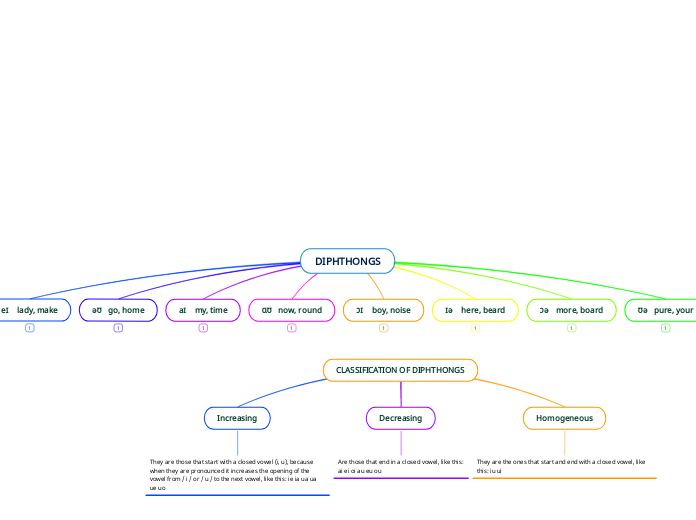af Nicholas Miller 12 år siden
1261
Solving Differential Equations
Solving differential equations often involves using various techniques depending on the type and order of the equation. For higher-order differential equations, the Laplace transformation is a powerful tool.









